
AI's Black Friday Takeover: How Machine Learning is Winning the $1.2 Trillion Holiday Shopping Wars
As 52% of shoppers turn to ChatGPT for deals and Walmart partners with OpenAI for 'instant checkout,' artificial intelligence is revolutionizing Black Friday 2025. From dynamic pricing to agentic commerce, discover how AI is transforming the $310 billion holiday e-commerce battle—and which companies are winning.
AI's Black Friday Takeover: How Machine Learning is Winning the $1.2 Trillion Holiday Shopping Wars
Black Friday 2025 isn't just another shopping holiday—it's the battleground where artificial intelligence is fundamentally transforming retail. As consumers gear up for what Adobe Analytics predicts will be an $11.7 billion online shopping day (up 8.3% from 2024), they're not just comparing prices on websites anymore. They're asking ChatGPT to find them the best deals, delegating purchase decisions to AI agents, and shopping through conversational interfaces that didn't exist 18 months ago.
Welcome to the age of agentic commerce, where machine learning doesn't just assist shopping—it does the shopping for you.
The scale of this transformation is staggering. Over 52% of U.S. consumers plan to use generative AI tools for holiday shopping this year, up from just 38% who've tried it before. The AI shopping assistant market alone is projected to explode from $4.67 billion in 2024 to $84.6 billion by 2034, growing at a compound annual rate of 33.6%. And holiday e-commerce sales are forecast to reach $310.7 billion this season, with AI-influenced purchases driving much of that growth.

But this isn't just a consumer story—it's an investment thesis playing out in real-time. Retailers investing aggressively in AI are seeing dramatically different outcomes: Shopify's market cap surged 80% in the past year to $233 billion on the strength of its AI commerce tools, while traditional SaaS players like Salesforce (-25%) and Adobe (-18%) struggle to prove their AI strategies can compete with AI-native competitors.
As Thanksgiving week kicks off, the question isn't whether AI will dominate retail—it's who will capture the value in this $1.2 trillion holiday shopping season.
The Walmart-OpenAI Partnership: Agentic Commerce Arrives
On October 23, 2025, Walmart made a move that sent shockwaves through retail: it partnered with OpenAI to enable direct purchases through ChatGPT's new "Instant Checkout" feature. Now, ChatGPT's 100+ million U.S. users can shop Walmart's entire catalog without leaving the chat interface, simply by describing what they want in natural language.
"I need winter coats for my kids, sizes 8 and 10, under $50 each," a customer might type. ChatGPT—armed with real-time access to Walmart's inventory, pricing, and customer data—responds with personalized recommendations, compares options, answers follow-up questions, and completes the purchase with a single confirmation.
This is agentic commerce: AI agents that don't just recommend products—they handle the entire shopping journey autonomously. Walmart isn't alone in this bet. Shopify announced in August that it's developing its own AI shopping agents ("Catalog" and "Universal Cart") to enable similar functionality for its 5 million+ merchant partners.
The economics are compelling. Shoppers using conversational AI spend 32% more time on retailer sites and have conversion rates 700% higher than social media referrals. Walmart reports that customers using its app in-store spend approximately 25% more than those who don't—and in-app AI features are a major driver.

But there's a darker side to this story: data and control. When Walmart enables ChatGPT to complete purchases, it's sharing conversational data, shopping behaviors, and customer preferences with OpenAI—a third party with its own commercial interests. Amazon, by contrast, has explicitly blocked OpenAI's web crawlers from scraping its product listings and built its own internal AI assistant (Rufus) to keep all customer data within its ecosystem.
This divergence reveals a fundamental strategic divide in retail AI: partner with the best AI models (Walmart's approach) or build proprietary AI to control the customer experience (Amazon's approach). Both strategies have merit, but the winner-takes-most dynamics of AI suggest only a few companies will emerge as dominant shopping interfaces.
Amazon's Counter-Move: Rufus and the $700 Million AI Bet
Amazon didn't sit idle. In February 2025, it launched Rufus, an AI shopping assistant embedded directly into Amazon's search bar and product pages. Unlike ChatGPT (which can surface products from any retailer), Rufus is designed to keep shoppers within Amazon's ecosystem—and early results suggest it's working.
Shoppers who use Rufus are 60% more likely to complete a purchase, and Amazon projects the tool will contribute $700 million in operating profit in 2025, growing to $1.2 billion by 2027. That's remarkable for a product launched less than a year ago.
Rufus offers several advantages over third-party AI assistants:
- Seamless integration: It appears automatically when shoppers view similar products, offering instant comparisons and recommendations without requiring them to switch interfaces
- Full data access: Rufus has complete visibility into a customer's Amazon purchase history, wish lists, browsing behavior, and Prime membership status—enabling hyper-personalized suggestions
- Advertising integration: Unlike neutral AI assistants, Rufus can subtly prioritize products where Amazon earns higher margins (private label brands, sponsored listings, etc.)

Amazon is so protective of this advantage that it updated its robots.txt file to block OpenAI, Anthropic, and other AI crawlers from accessing its product data. The message is clear: Amazon's product catalog is a competitive moat, and the company won't let third-party AI assistants commoditize its marketplace.
The strategy appears to be paying off. While Walmart's stock is up 64% in 2025, Amazon has gained 48%, with analysts citing Rufus and AI-powered logistics improvements as key drivers. Amazon's $56 billion advertising business—built on sponsored product placements and keyword bidding—remains intact, whereas Walmart's ChatGPT partnership could theoretically cannibalize its own advertising revenue if shoppers bypass Walmart.com entirely.
Dynamic Pricing: The AI Arms Race You Can't See
While conversational AI grabs headlines, the most consequential AI application in retail is invisible to most shoppers: dynamic pricing. This week, as Black Friday deals go live, AI algorithms at major retailers are adjusting prices millions of times per day based on real-time demand, competitor pricing, inventory levels, weather patterns, and even individual shopper behavior.
Amazon reportedly changes prices on its products every 10 minutes on average. Walmart has deployed electronic shelf labels (ESLs) in hundreds of stores, enabling instant price updates without human intervention. Target, Best Buy, and Home Depot all use AI-powered pricing platforms from vendors like Prisync, Omnia Retail, and Competera.ai to implement what the industry calls "surgical discounting"—targeted price cuts on specific items, for specific customers, at specific times.
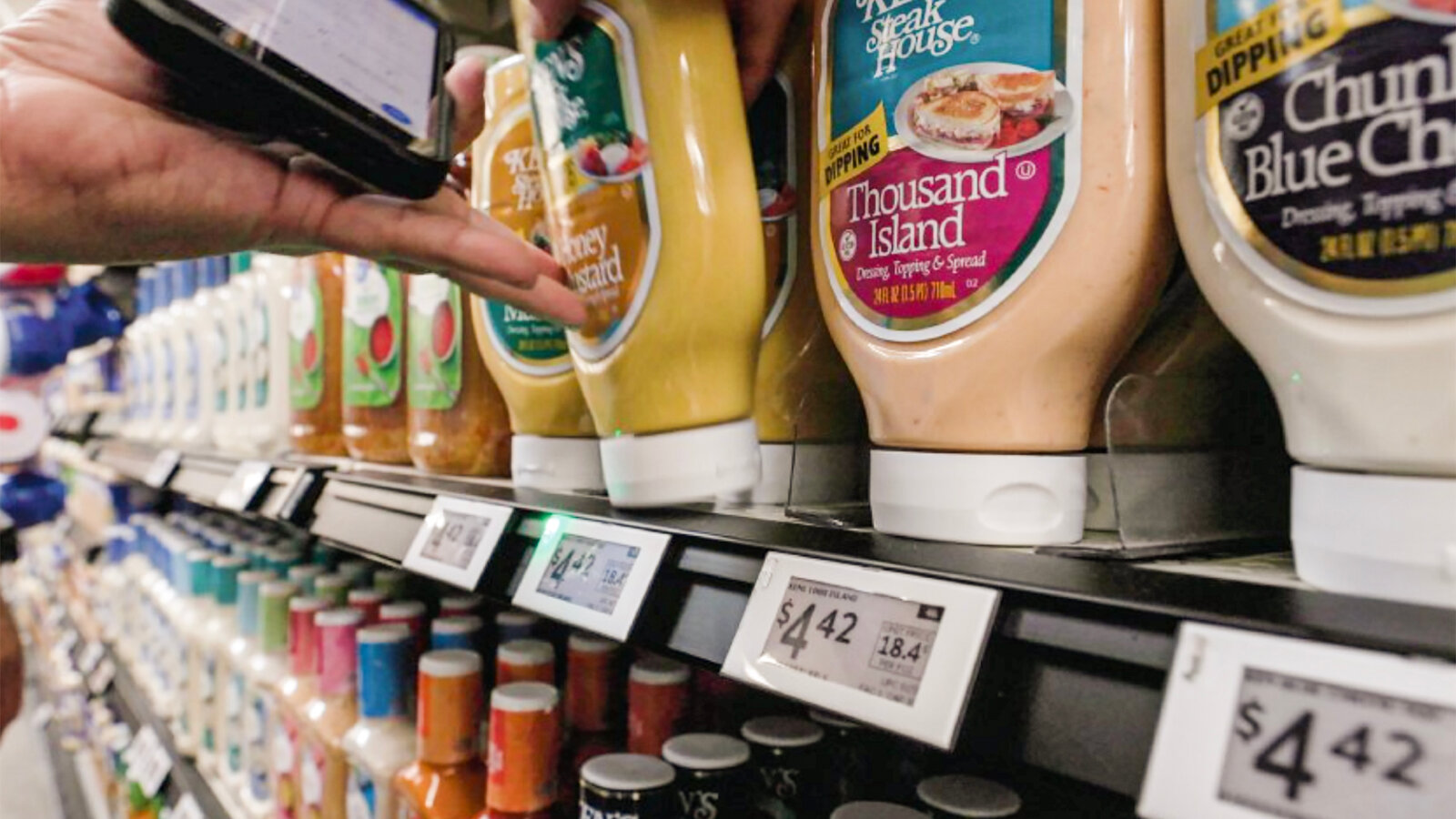
The market for dynamic pricing software is growing at 12% annually and is now virtually universal among large retailers. According to recent data, 61% of European retailers have adopted some form of algorithmic pricing as of 2025, and U.S. adoption rates are even higher.
How it works:
- AI systems continuously monitor competitor prices via web scraping
- Machine learning models predict demand elasticity (how much a price change will affect sales volume)
- Algorithms optimize for maximum revenue by balancing volume and margin
- Prices update automatically across all channels (website, app, physical stores with ESLs)
The benefits for retailers are enormous:
- Revenue increases of 15-25% on average for early adopters
- 10-13% profit improvement through optimized markdown timing
- 30-50% reduction in forecasting errors when combined with AI inventory management
But dynamic pricing also introduces new risks. If implemented poorly, it can:
- Alienate customers who discover they paid more than other shoppers for the same product
- Trigger price wars where algorithms undercut each other in a race to the bottom
- Expose retailers to legal challenges around price discrimination
This Black Friday, expect to see 28% average discounts—matching 2024 levels—but with far more precision in which products get discounted, when those discounts appear, and who sees them. The days of blanket "50% off everything" promotions are ending. AI is ushering in an era of individualized pricing, where the deal you see depends on your browsing history, purchase patterns, and predicted willingness to pay.
The Mobile-First Holiday: 56% of Sales on Smartphones
Perhaps the most dramatic shift in Black Friday 2025 is the complete dominance of mobile commerce. Mobile devices are projected to drive 56.1% of online holiday spending this year—$142.7 billion—representing an 8.5% year-over-year increase. This is a tipping point: for the first time in retail history, smartphones generate more revenue than all other devices combined during the peak shopping season.
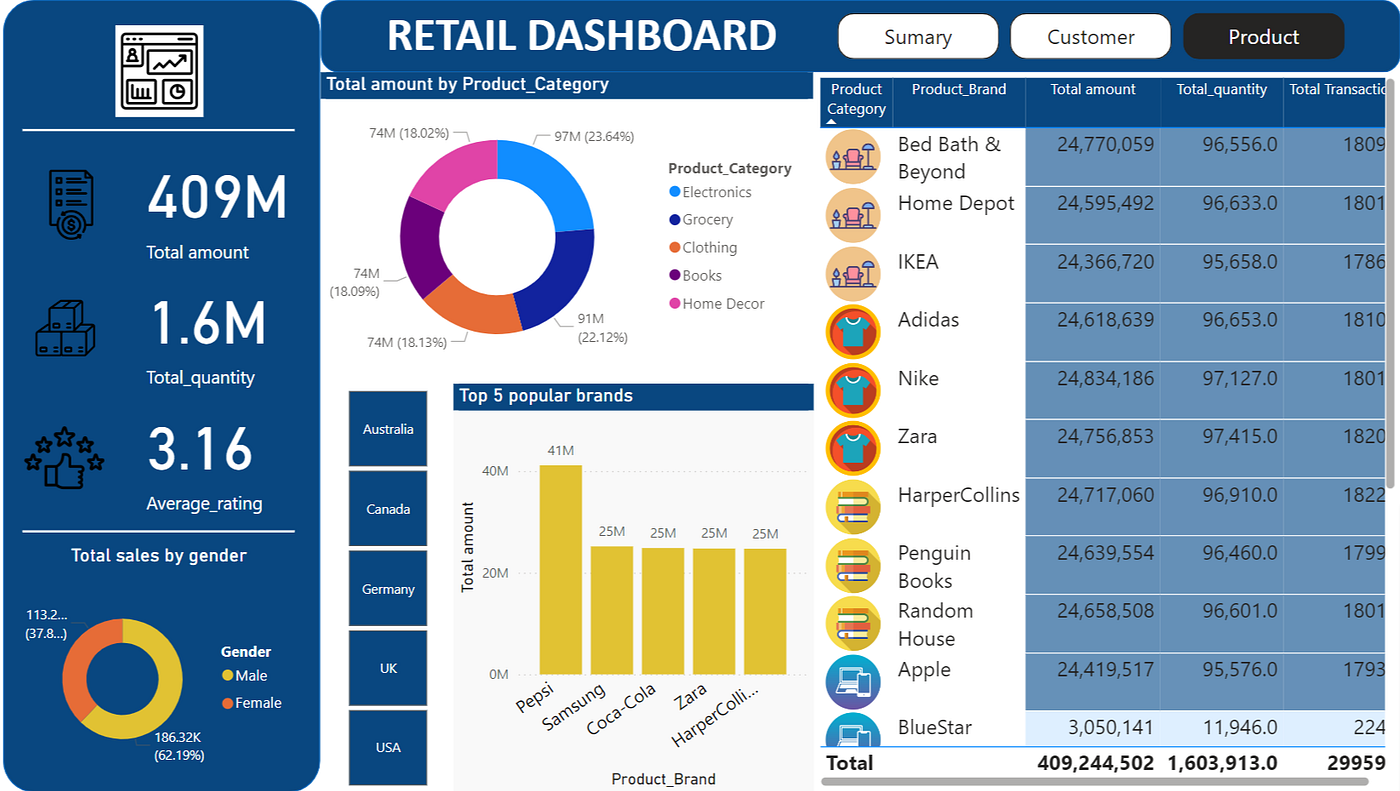
The implications for AI are profound:
- Voice and visual search explode: Google Lens (used by 1.5 billion people monthly) allows shoppers to find products by photographing them. Pinterest Lens enables users to isolate items from images and shop for similar products. Both tools rely on computer vision AI trained on billions of product images.
- App-based AI assistants gain traction: 42% of consumers prefer retailer apps over websites specifically because of AI features like personalized recommendations, augmented reality try-ons, and in-app chatbots
- Mobile payments integrate AI fraud detection: With mobile transactions surging, AI-powered fraud detection becomes critical. The U.S. AI fraud detection market reached $5.1 billion in 2025, with machine learning models identifying suspicious transactions 60-80% more effectively than rule-based systems
Buy Now, Pay Later (BNPL) is also AI-powered: Services like Affirm, Klarna, and PayPal's Pay in 4 use machine learning to instantly assess creditworthiness and approve loans at checkout. BNPL is forecast to reach $20.2 billion in holiday sales (up 11% YoY), with 79% of BNPL transactions originating from smartphones.
The convergence of mobile, AI, and frictionless payments is creating a "shopping in the moment" economy where consumers make purchase decisions in seconds, often while scrolling social media or watching videos. Retailers that can capture attention and convert intent instantly—using AI personalization, one-click checkout, and real-time inventory visibility—are winning disproportionate market share.
The Inventory Management Revolution: AI Eliminates Stockouts
Behind the scenes, AI is solving one of retail's oldest problems: getting the right products to the right places at the right times. Poor inventory management costs U.S. retailers an estimated $1.75 trillion annually in lost sales (stockouts) and excess inventory (markdowns). AI is finally changing that.
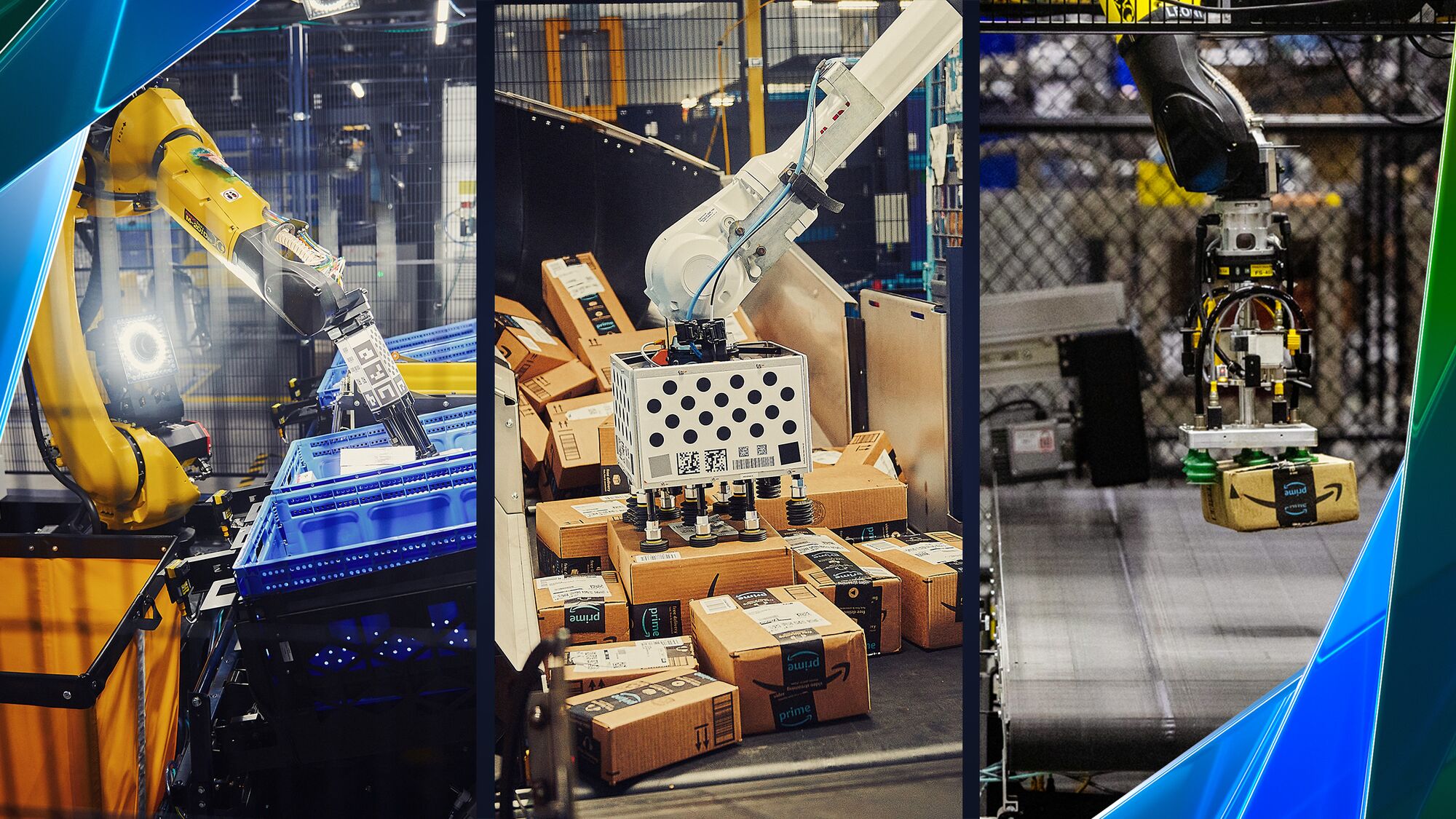
Leading retailers are using machine learning for:
- Demand forecasting: AI models analyze historical sales, seasonal patterns, weather, local events, and even social media trends to predict demand with 95% accuracy—improving on traditional forecasting methods by 10-20 percentage points
- Automated replenishment: When inventory levels fall below AI-determined thresholds, reorder systems automatically place orders with suppliers, optimizing for delivery timing and cost
- Dynamic allocation: AI determines whether products should be stored in centralized warehouses (for lower costs) or distributed to local fulfillment centers (for faster delivery), rebalancing inventory in real-time
The results are dramatic:
- 40% lower inventory costs for retailers with advanced AI systems
- 60% fewer stockouts during peak demand periods like Black Friday
- 15-25% reduction in supply chain costs through optimized logistics
Walmart, Amazon, and Target have invested billions in AI-powered fulfillment centers where robots and machine learning algorithms coordinate to pick, pack, and ship orders. Amazon's AI agents even guide human workers through warehouses using augmented reality glasses that display the optimal path to collect items.
Peak AI, one of the leading AI platforms for retail, claims its demand forecasting tools can predict product-level sales weeks in advance by analyzing factors like past performance, customer behavior, competitor actions, and external signals (economic data, weather forecasts, etc.). For Black Friday—the most volatile shopping day of the year—this predictive power is invaluable.
Personalization at Scale: 71% of E-commerce Sites Use AI Recommendations
Walk into any major retailer's website this Black Friday, and you're not browsing the same store as other customers. AI personalization engines analyze your behavior in real-time—clicks, hovers, time spent on pages, previous purchases, items in your cart—and dynamically rearrange the entire site to show you products you're most likely to buy.
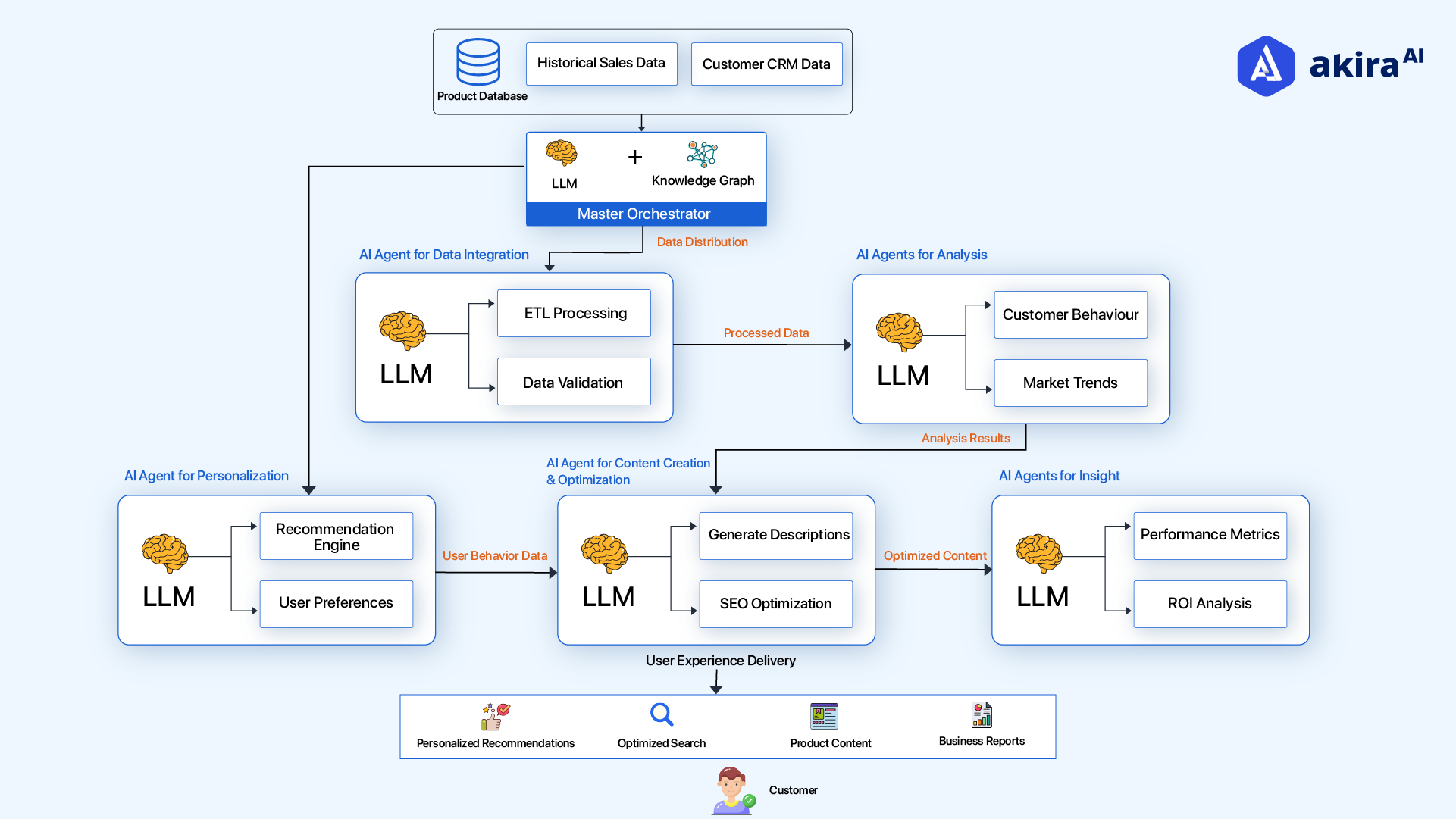
By the numbers:
- 71% of e-commerce sites now use AI-driven product recommendations
- These recommendations generate 35% of total e-commerce revenue on average
- Retailers with advanced personalization see 30% higher conversion rates and up to 40% increases in average order value
- AI-driven personalization increases marketing ROI by 25% while reducing costs by 37%
The technology behind this is sophisticated:
- Collaborative filtering: "Customers who bought X also bought Y" recommendations based on patterns across millions of shoppers
- Content-based filtering: Matching product attributes (color, style, price range, brand) to your preferences
- Hybrid systems: Combining multiple AI techniques with real-time signals (current session behavior, time of day, device type) to optimize suggestions dynamically
Platforms like Salesforce Einstein, Adobe Target, and Shopify Magic provide these capabilities out-of-the-box, but the most advanced retailers build proprietary systems. Netflix's recommendation algorithm is often cited as the gold standard—it reportedly saves the company $1 billion annually by reducing churn through better content suggestions. Retail AI is following the same playbook.
The dark side of personalization: When every shopper sees different prices, products, and promotions, trust erodes. A 2025 survey found that 84% of consumers want to know when AI is being used to personalize their experience, and 60% demand stricter oversight. Yet only 50% of retailers actually inform customers when AI is active. This transparency gap could become a regulatory flashpoint.
The Winners and Losers: Who's Capturing AI's Value?
As AI transforms retail, the market is rewarding companies that build competitive moats around AI capabilities—and punishing those treating AI as a bolt-on feature:
Winners:
- Shopify: Market cap grew 80% to $233 billion in the past year. Its Shopify Magic suite, AI-powered shopping assistants, and Shopify Audiences tool (which reduces customer acquisition costs by up to 50%) are driving adoption among its 5+ million merchants. Q2 2025 revenue grew 31% to $2.7 billion, with AI-powered Merchant Solutions up 37%.
- Amazon: Rufus contributed $700 million in operating profit, cementing Amazon's control of online shopping. The company's AI-powered logistics network enables same-day delivery at scale.
- Walmart: Strategic bets on both third-party AI (OpenAI partnership) and internal AI (Sparky assistant, in-store tools) are paying off. Stock up 64% in 2025.
Losers:
- Salesforce: Market cap fell 25% from $286 billion to $214 billion, as investors question whether its AI products (Agentforce, Einstein) can compete with AI-native vertical apps. Despite 91% of SMBs reporting AI boosted revenue, Salesforce is perceived as "waiting for AI adoption" rather than driving it.
- Adobe: Market cap declined 18% from $239 billion to $197 billion. Adobe Commerce offers AI personalization, but faces pressure from Shopify's cheaper, more integrated AI tools.
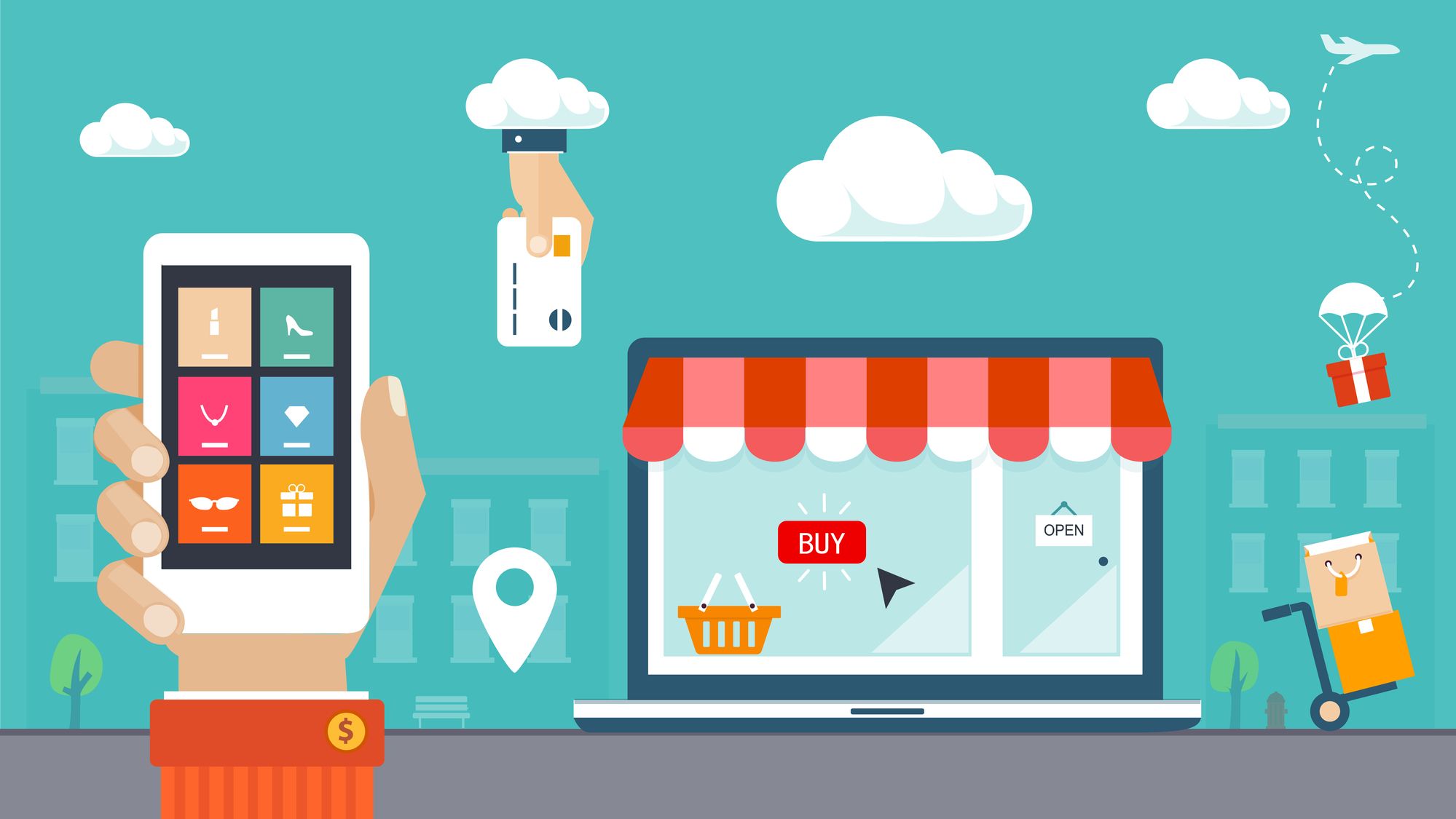
The divergence reflects a broader market trend: 88% of marketers use AI daily, and 80% of retail executives expect AI-powered automation by end of 2025, but only 5% of companies are deriving measurable ROI from AI investments. The winners are those embedding AI deeply into product workflows, not those selling AI as a standalone feature.
The $310 Billion Question: What Comes Next?
Black Friday 2025 marks an inflection point. AI is no longer experimental—it's the core infrastructure of modern retail. But three critical questions remain unanswered:
1. Will AI-driven personalization trigger a regulatory backlash? When algorithms decide what prices you see, which products appear in search results, and whether you're eligible for discounts, traditional consumer protection frameworks break down. Europe's AI Act (effective in stages through 2027) and proposed U.S. legislation could impose strict limits on algorithmic pricing and personalization. If implemented aggressively, these rules could undermine the business case for retail AI.
2. Can retailers generate sufficient ROI to justify AI infrastructure spending? The retail AI market is projected to reach $40.74 billion by 2030, but only 16% of AI projects scale beyond pilots and only 25% yield positive ROI according to recent surveys. The $14.49 billion invested in retail AI in 2025 has to produce tangible returns, or the bubble Ray Dalio warned about will extend to retail tech.
3. Who controls the customer relationship: Retailers or AI platforms? If shoppers increasingly delegate purchase decisions to ChatGPT, Google Assistant, or Amazon Rufus, brands become commoditized. The AI interface—not the retailer—captures consumer mindshare and data. This is why Amazon blocks third-party AI crawlers and why Walmart is building both internal AI and partnerships simultaneously. The battle for AI-mediated shopping is ultimately a battle for who owns the customer.
The Bottom Line
As Black Friday 2025 unfolds, one thing is clear: artificial intelligence is not just transforming retail—it's becoming retail. From the moment a shopper asks ChatGPT "What's the best deal on TVs?" to the instant an AI-powered dynamic pricing engine adjusts a product's cost based on real-time demand, machine learning is orchestrating nearly every aspect of the $1.2 trillion holiday shopping season.
For investors, the opportunity is massive but concentrated. Shopify, Amazon, and Walmart are emerging as AI commerce leaders, while traditional SaaS players struggle to adapt. For consumers, AI promises convenience and personalization—but at the cost of transparency and control. And for retailers, AI is simultaneously an existential threat (lose the customer relationship to AI platforms) and an existential necessity (fall behind competitors who use AI more effectively).
As the 2025 holiday season reaches its peak, the real question isn't whether AI will dominate retail. It's whether humans will even notice when the takeover is complete.
References
- Adobe Analytics. (2025, November). "2025 Holiday Shopping Forecast: Online Sales to Reach $310.7 Billion." Retrieved from https://business.adobe.com/blog/5-ways-ai-will-change-black-friday
- Market.us. (2025, November). "AI Shopping Assistant Market Report 2025-2034." Retrieved from https://market.us/report/ai-shopping-assistant-market/
- Walmart Corporate News. (2025, October 31). "Walmart Announces New Holiday Shopping Experiences." Retrieved from https://corporate.walmart.com/news/2025/10/31/walmart-announces-new-holiday-shopping-experiences
- Bloomberg. (2025, November 24). "OpenAI Debuts ChatGPT Shopping Research Tool Ahead of Holidays." Retrieved from https://www.bloomberg.com/news/articles/2025-11-24/openai-debuts-chatgpt-shopping-research-tool-ahead-of-the-holidays
- Shopify. (2025). "The State of Retail AI: Chatbots for Retail 2025." Retrieved from https://www.shopify.com/enterprise/blog/chatbots-for-retail
- Fortune Business Insights. (2025). "Artificial Intelligence in Retail Market Research Report 2025-2032." Retrieved from https://www.fortunebusinessinsights.com/artificial-intelligence-ai-in-retail-market-101968
- Competera.ai. (2025, November). "Black Friday Retail Strategies 2025: Dynamic Pricing and AI." Retrieved from https://competera.ai/resources/articles/black-friday-retail-strategies-2025
- XtendedView. (2025, November 5). "AI in Retail Statistics 2025: Revolutionizing Retail Success." Retrieved from https://xtendedview.com/ai-in-retail-statistics/
- Talkdesk. (2025). "AI Holiday Shopping Trends 2025: Consumer and Retailer Insights." Retrieved from https://www.talkdesk.com/blog/ai-holiday-shopping-trends-2025/
- Business Wire. (2025, October 1). "AI Emerges as the New Holiday Shopping Companion." Retrieved from https://www.businesswire.com/news/home/20251001246975/en/AI-Emerges-as-the-New-Holiday-Shopping-Companion-as-Global-Shoppers-Brace-for-Tariffs-and-Inflation
Disclaimer: This analysis is for informational purposes only and does not constitute investment advice. Markets and competitive dynamics can change rapidly in the technology sector. Taggart is not a licensed financial advisor and does not claim to provide professional financial guidance. Readers should conduct their own research and consult with qualified financial professionals before making investment decisions.

Taggart Buie
Writer, Analyst, and Researcher